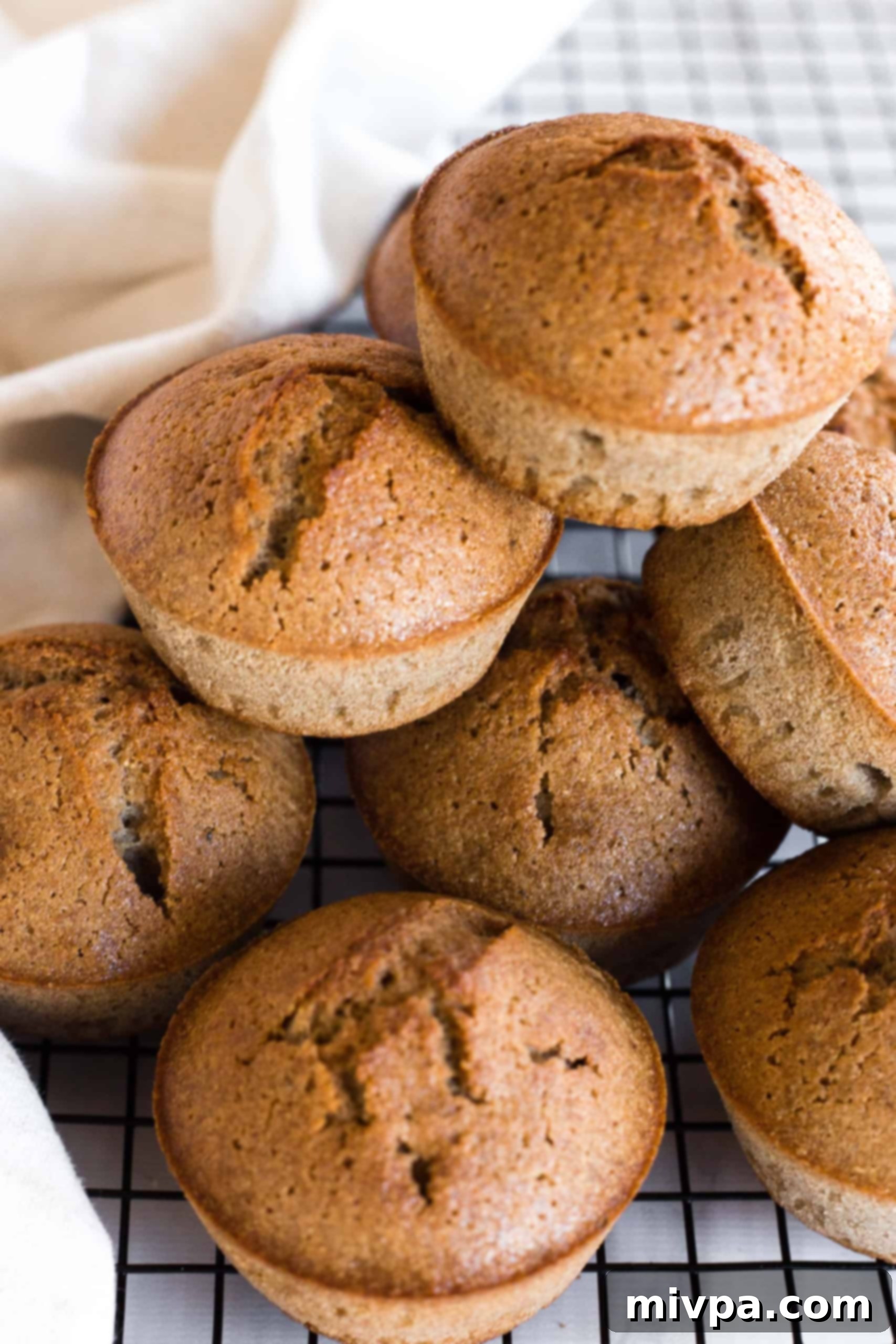Wholesome & Easy Gluten-Free Buckwheat Muffins: Your New Favorite Dairy-Free Treat!
Discover the joy of baking these incredibly tender and moist buckwheat muffins! Crafted to be entirely gluten-free and dairy-free, this easy recipe comes together in under an hour, making it perfect for a nutritious breakfast, a satisfying anytime snack, or a delightful treat the whole family will adore. With their subtly nutty flavor and light texture, these muffins are a delicious way to enjoy the benefits of buckwheat.
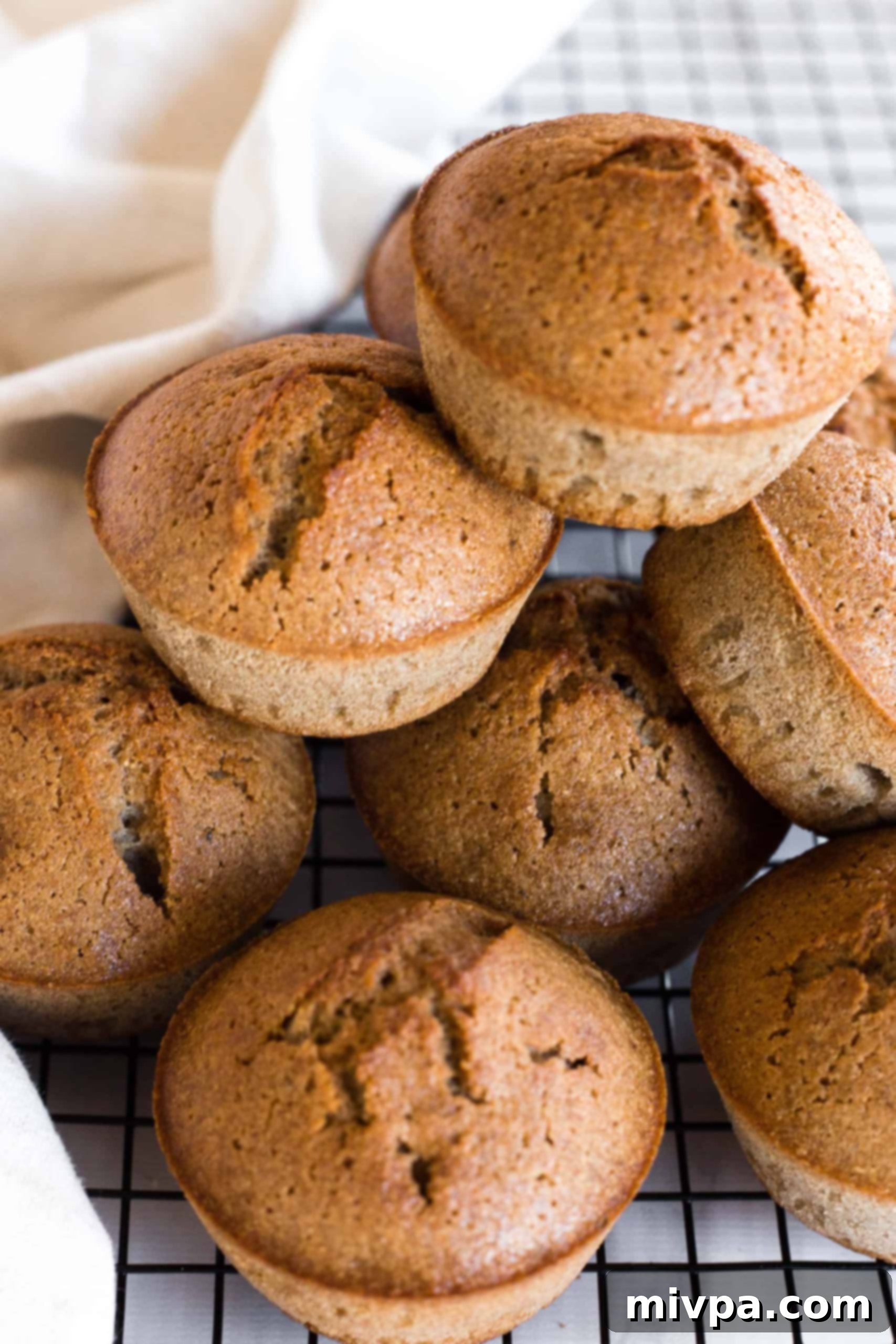
[feast_advanced_jump_to]
What is Buckwheat? Unpacking this Nutritious Pseudocereal
Despite its misleading name, buckwheat is not related to wheat at all. It is, in fact, a fascinating plant cultivated for its triangular, edible grain-like seeds, which technically classify it as a pseudocereal. Unlike true cereals such as wheat, oats, or barley, buckwheat does not grow on grasses but belongs to the same family as rhubarb and sorrel.
Its unique composition of complex carbohydrates, high-quality protein, and an abundance of essential minerals (like magnesium, manganese, and copper) means it can be cooked and consumed much like traditional cereals. You might already be familiar with its use in making savory buckwheat porridge or wholesome soba noodles. Buckwheat boasts a distinct, earthy, and nutty flavor profile, which adds a wonderful depth and character to any dish, including these delightful muffins.
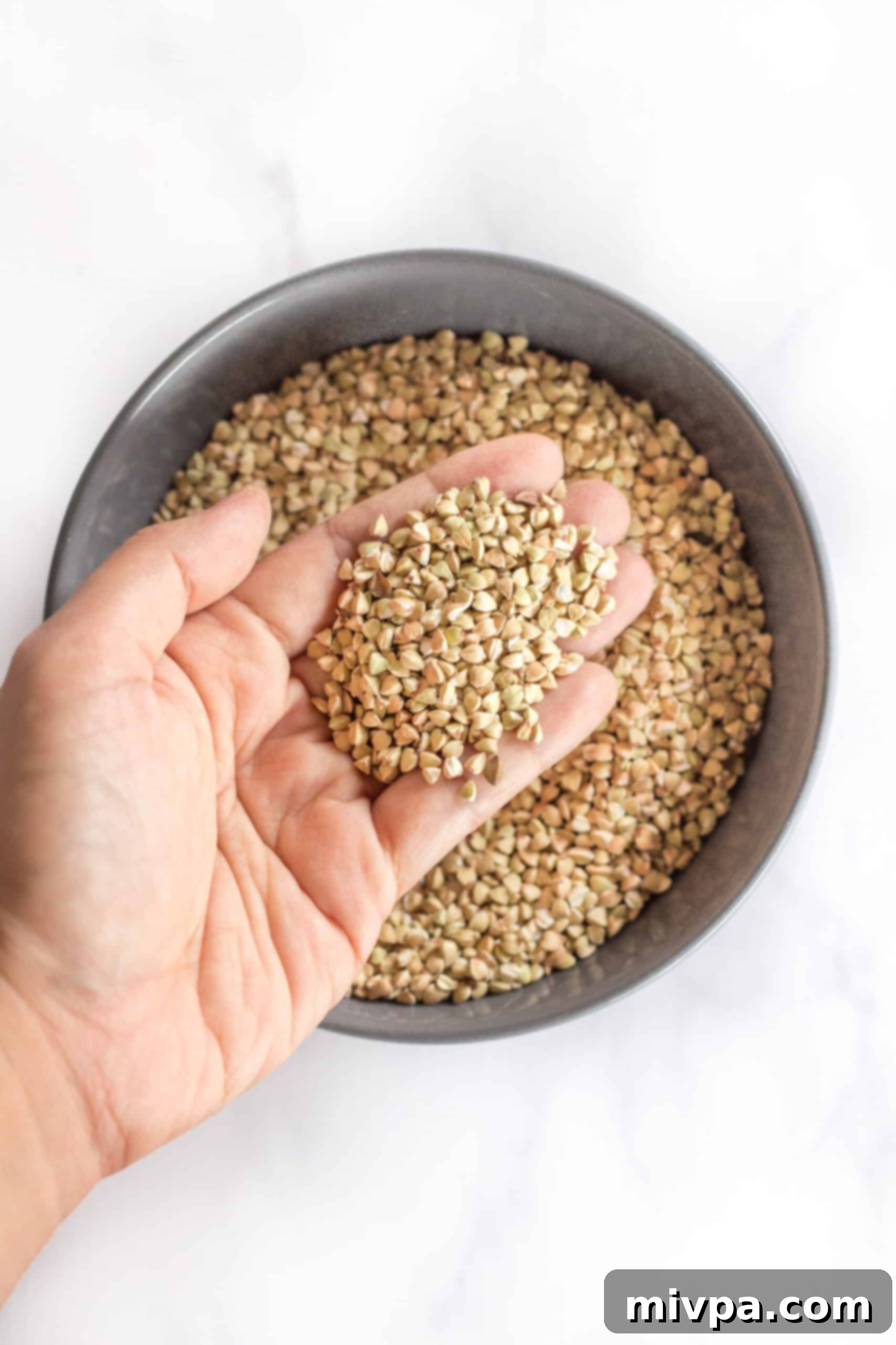
Is Buckwheat a Gluten-Free Flour? Dispelling the Myth
Yes, absolutely! Let’s clear up a common misconception: while the word ‘wheat’ is present in its name, buckwheat has no botanical relation to wheat and is inherently gluten-free. This is fantastic news for individuals with Celiac disease or those who suffer from gluten intolerance, as buckwheat and its flour are perfectly safe to consume (Hooray!).
When buckwheat seeds, also known as ‘buckwheat groats,’ are ground into a fine flour, they become an excellent and versatile ingredient for gluten-free baking. It allows us to create a wide array of delicious baked goods, from breads to cookies and, of course, these irresistible muffins, without compromising on flavor or texture for those following a gluten-free diet.
How to Make Homemade Buckwheat Flour for Optimal Freshness
Making your own buckwheat flour at home is surprisingly simple and guarantees the freshest flour for your baking needs. All you require are a few basic tools: good quality buckwheat groats (hulled groats are generally preferred for a lighter flour), a powerful high-speed blender, and a fine-mesh sieve to achieve a smooth consistency.
Note: Opting for hulled buckwheat groats will result in a lighter-colored flour, similar to the one showcased in the photograph below. If you use unhulled groats, your flour will have a darker hue and a slightly more robust flavor, which can also be delicious in certain recipes! Homemade flour often has a fresher taste and aroma, enhancing the overall quality of your baked goods.
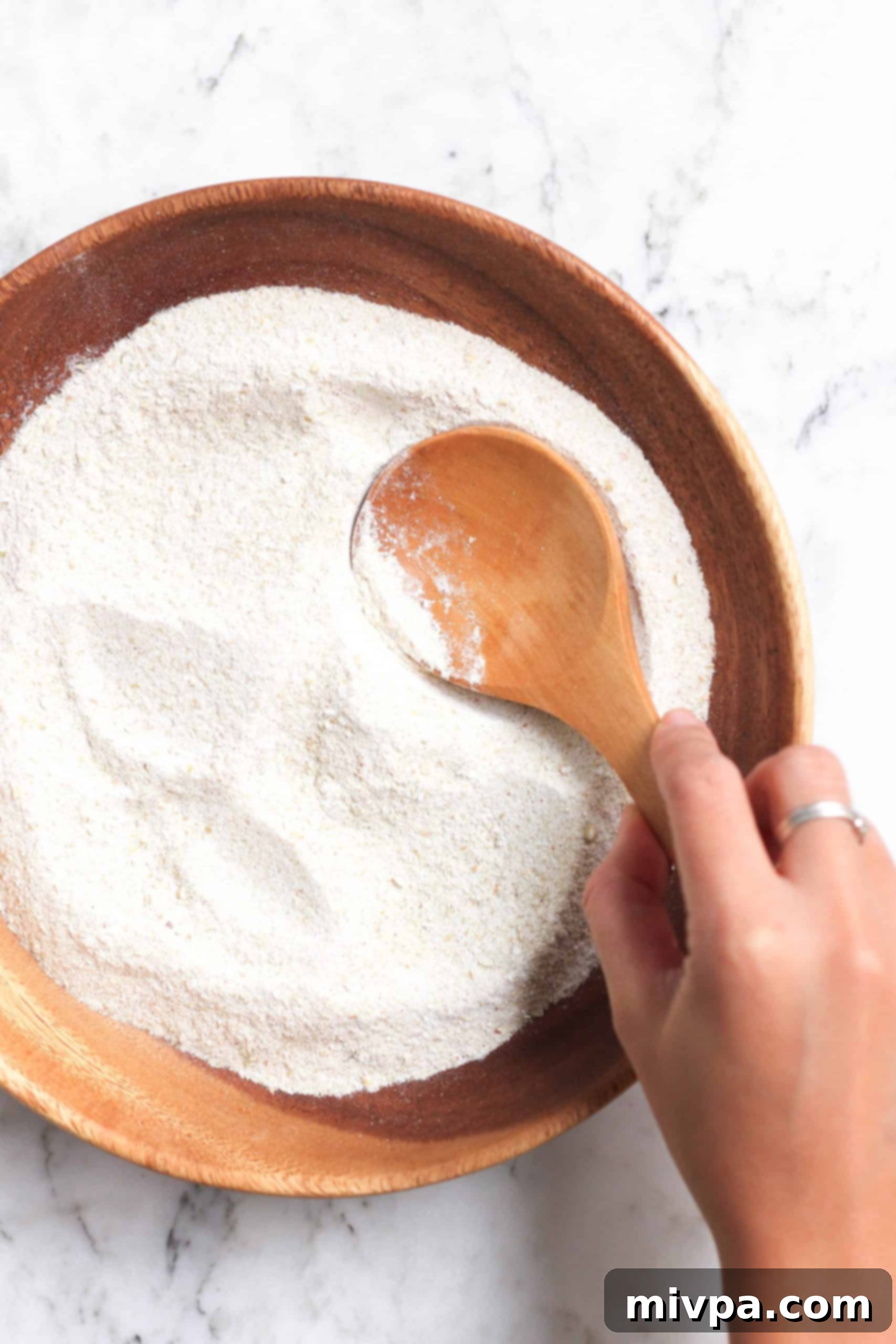
Buckwheat Muffins: Perfect for a Wholesome Breakfast or Any Time of Day
Buckwheat flour has proven its incredible versatility in my kitchen time and again. I’ve successfully incorporated it into a variety of recipes, including a much-loved soft, fluffy, and tender buckwheat bread, delightful crispy buckwheat cookies, a moist buckwheat banana bread, and even light and airy buckwheat crepes. You can also whip up fantastic buckwheat pancakes with this naturally gluten-free flour!
For a long time, I’ve wanted to perfect a truly exceptional gluten-free buckwheat muffin recipe, and I’m thrilled to finally share it with you! These muffins are not just a delicious way to kickstart your morning, providing sustained energy and nutrition; they also make for a fantastic, wholesome snack any time hunger strikes. Their tender crumb and rich, earthy flavor are sure to make them a household favorite.
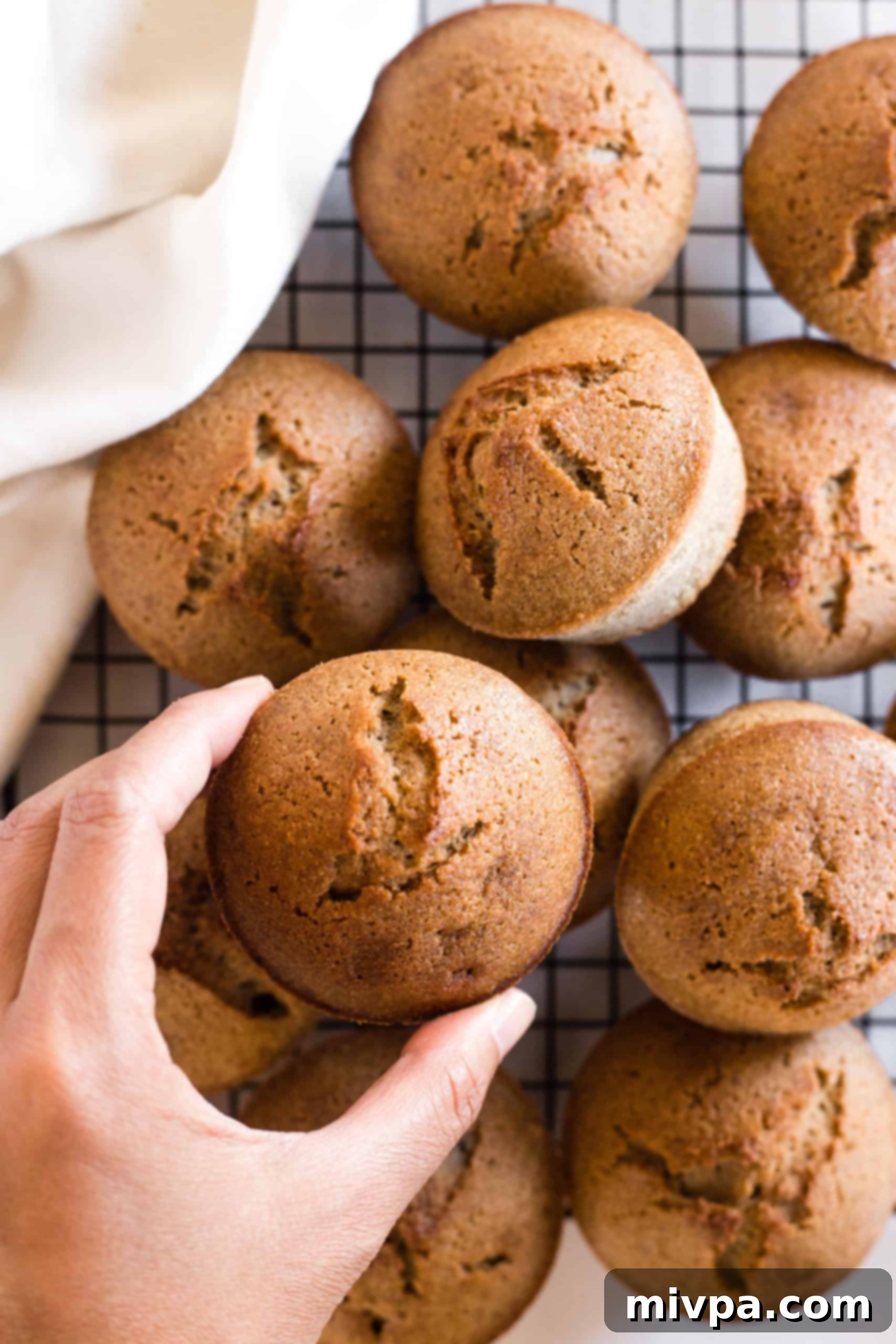
Why This Easy Buckwheat Muffin Recipe Will Be Your Go-To:
- Simple, Accessible Ingredients: You won’t need to hunt for obscure items. All the ingredients for these delicious buckwheat flour muffins are readily available at your local grocery store, making this recipe incredibly convenient to prepare.
- Effortless Preparation: This recipe is designed for ease. Preparing the muffin batter is a straightforward process of combining wet and dry ingredients, then simply dividing the mixture into a muffin tin and baking. Minimal fuss, maximum deliciousness!
- 100% Gluten-Free and Dairy-Free: This is arguably the best part! This easy recipe is completely gluten-free and dairy-free, making these muffins a safe and enjoyable treat for everyone. Whether you have Celiac disease, gluten intolerance, lactose intolerance, or simply prefer to avoid dairy, you can savor these muffins without a single worry.
- Wholesome & Nutritious: Buckwheat is packed with fiber, protein, and essential nutrients, contributing to a muffin that’s not only tasty but also more nutritious than many traditional baked goods. It provides sustained energy, perfect for starting your day or an afternoon pick-me-up.
- Perfect Texture & Flavor: Experience a delightful balance of tenderness and moisture, complemented by the unique, subtly nutty notes of buckwheat. These muffins are anything but bland, offering a comforting and satisfying taste.
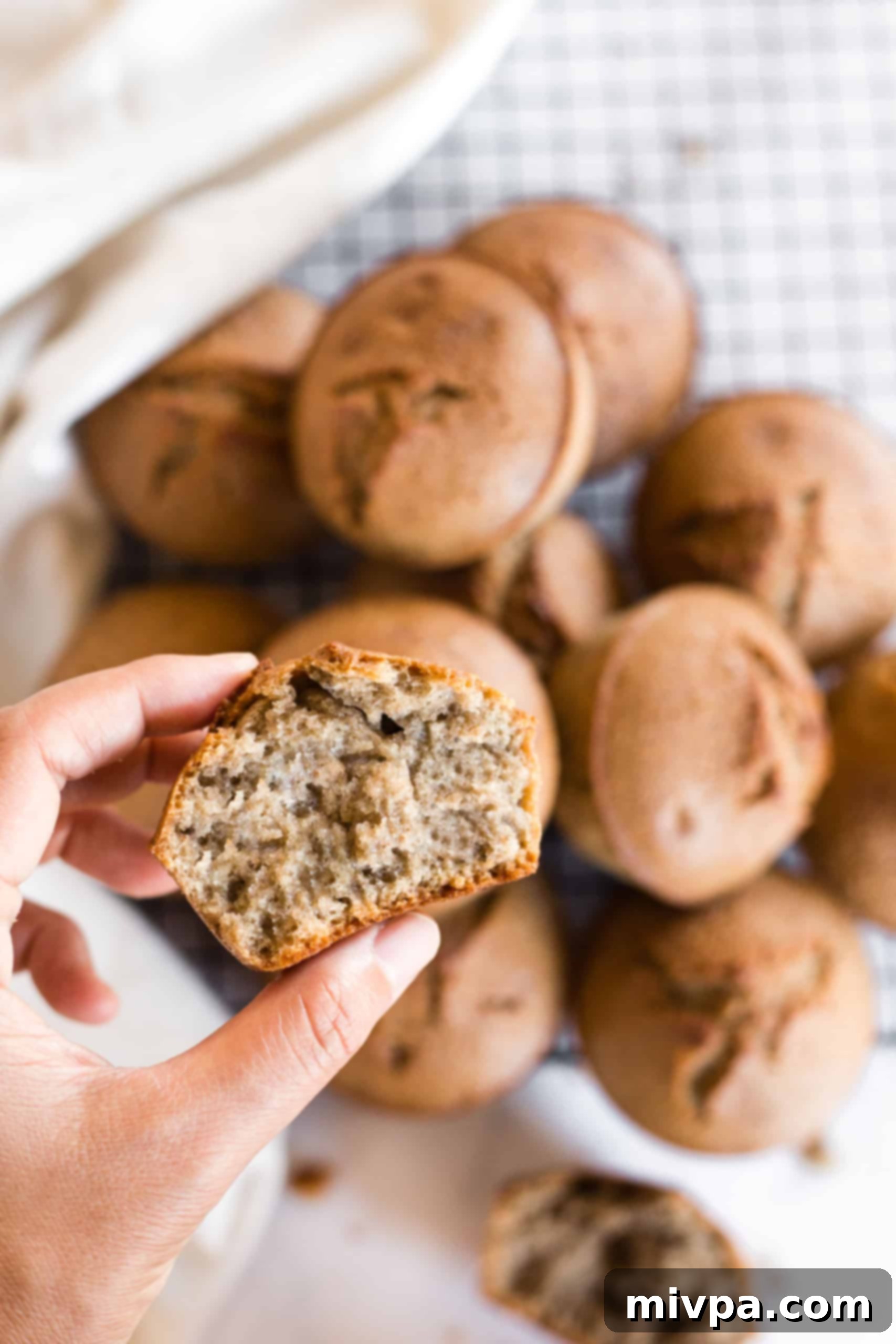
Essential Ingredients for Your Gluten-Free Buckwheat Muffins:
Here’s a helpful visual overview of the simple, wholesome ingredients you’ll need to create this amazing buckwheat muffin recipe. You’ll likely have most of these staples in your pantry already!
(For precise measurements and a detailed list, please scroll down to the comprehensive printable recipe card located at the very bottom of this post.)
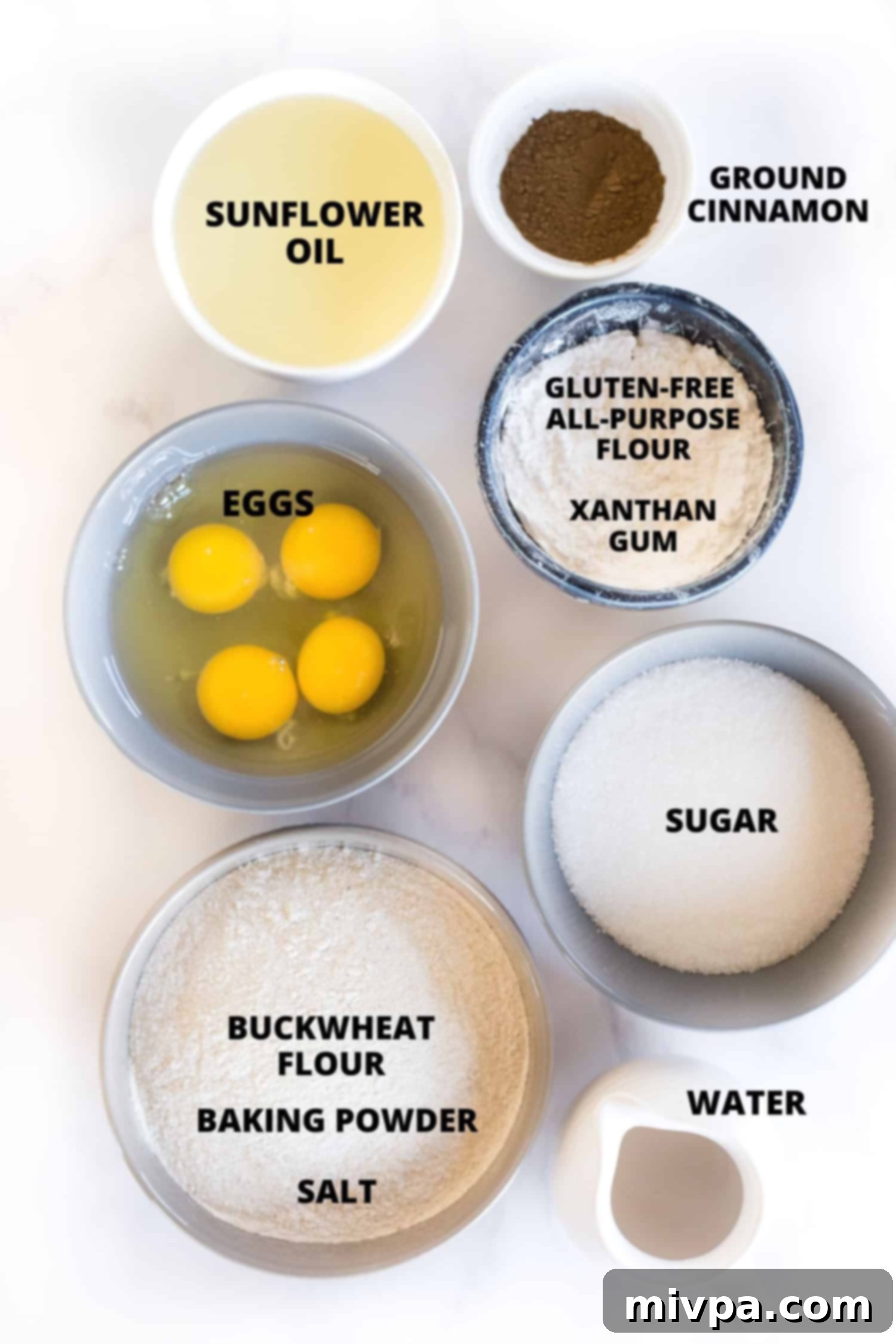
Recipe Notes & Expert Substitutions for Perfect Muffins:
- Sunflower Oil: I personally favor using sunflower oil as it’s a pantry staple in my kitchen and has a neutral flavor that doesn’t overpower the buckwheat. However, you have several excellent alternatives. Other neutral vegetable oils such as corn oil, light olive oil (ensure it’s not extra virgin if you want a neutral flavor), avocado oil, or peanut oil will work perfectly. For a richer flavor profile or if you prefer a solid fat, melted vegan butter or melted coconut oil (ensure it’s melted and measured in liquid form) are fantastic dairy-free options. If you don’t require the muffins to be dairy-free, melted regular butter or ghee can also be used in equal quantities.
- Sugar: While I opted for standard white granulated sugar for a classic sweetness, feel free to experiment with different sugar types to match your preferences or dietary needs. Light brown sugar will add a subtle caramel note and extra moisture, while dark brown sugar will offer a more pronounced molasses flavor. For a less refined sugar, coconut sugar is an excellent choice. If you’re managing diabetes or insulin resistance, I highly recommend using a 1:1 sugar substitute like granulated monkfruit sweetener. This zero-glycemic index sweetener will not spike your blood sugar while delivering the desired sweetness.
- Eggs: Eggs play a crucial role in this recipe, acting as the primary binder that holds all the ingredients together and contributes to the muffins’ structure and moistness. For these reasons, I do not recommend substituting the eggs in this specific recipe to ensure the best possible texture and rise.
- Water: I use filtered water at room temperature, which helps ensure the ingredients blend smoothly without affecting the texture. For a slightly richer flavor and added moisture, you may absolutely substitute the water with unsweetened plant-based milk. Options like almond milk, cashew milk, or even coconut milk (from a carton, not canned for baking) would work beautifully.
- Buckwheat Flour: The star of our show! You have the option to make your own fresh buckwheat flour at home for superior flavor, or you can easily purchase it online or at most health food stores. It’s crucial to note that this recipe uses a blend of buckwheat flour and a gluten-free all-purpose flour. Using 100% buckwheat flour will result in very dense muffins due to its unique protein structure, so the blend helps achieve a lighter, more tender crumb.
- Gluten-Free All-Purpose Flour: The choice of your gluten-free all-purpose flour blend is key to achieving a light and airy muffin. I strongly recommend using a high-quality blend that primarily consists of lighter flours and starches, such as rice flour, tapioca starch, corn starch, or potato starch. These ingredients contribute to a delicate and soft final texture. Conversely, I advise against using flour blends that include heavier flours like garbanzo bean (chickpea) flour, as they tend to produce a much denser and sometimes gummy texture in muffins.
- Xanthan Gum: This ingredient is absolutely essential for gluten-free baking. Xanthan gum acts as a binder and thickener, mimicking the elasticity and structure that gluten provides in traditional flours. It prevents your muffins from being crumbly and dry, giving them a pleasant chewiness and holding them together beautifully. Do not omit it!
- Baking Powder: As the sole leavening agent in this buckwheat muffin recipe, baking powder is vital for achieving that characteristic muffin dome and a light, fluffy texture. Ensure your baking powder is fresh and active for the best rise. If you or your family members have Celiac disease or severe gluten intolerance, always double-check to use certified gluten-free baking powder to avoid cross-contamination.
- Ground Cinnamon: A generous pinch of ground cinnamon is added not just for flavor, but also to complement the earthy notes of the buckwheat beautifully. It infuses the muffins with a warm, inviting aroma and a spiced sweetness that truly elevates the overall taste. While optional, I highly recommend including it for a truly delicious muffin experience!
How to Bake Perfect Gluten-Free Buckwheat Muffins (Step-by-Step Guide):
Follow these simple steps to create a batch of irresistible, wholesome buckwheat muffins!
1. Prepare Your Oven and Muffin Tin
Begin by preheating your oven to 350°F (175°C). Next, carefully grease a standard 12-cup muffin tin or a silicon muffin mold with a little oil or cooking spray. Alternatively, for easier cleanup and presentation, you may line each cavity of the muffin mold with paper muffin cups or paper liners.
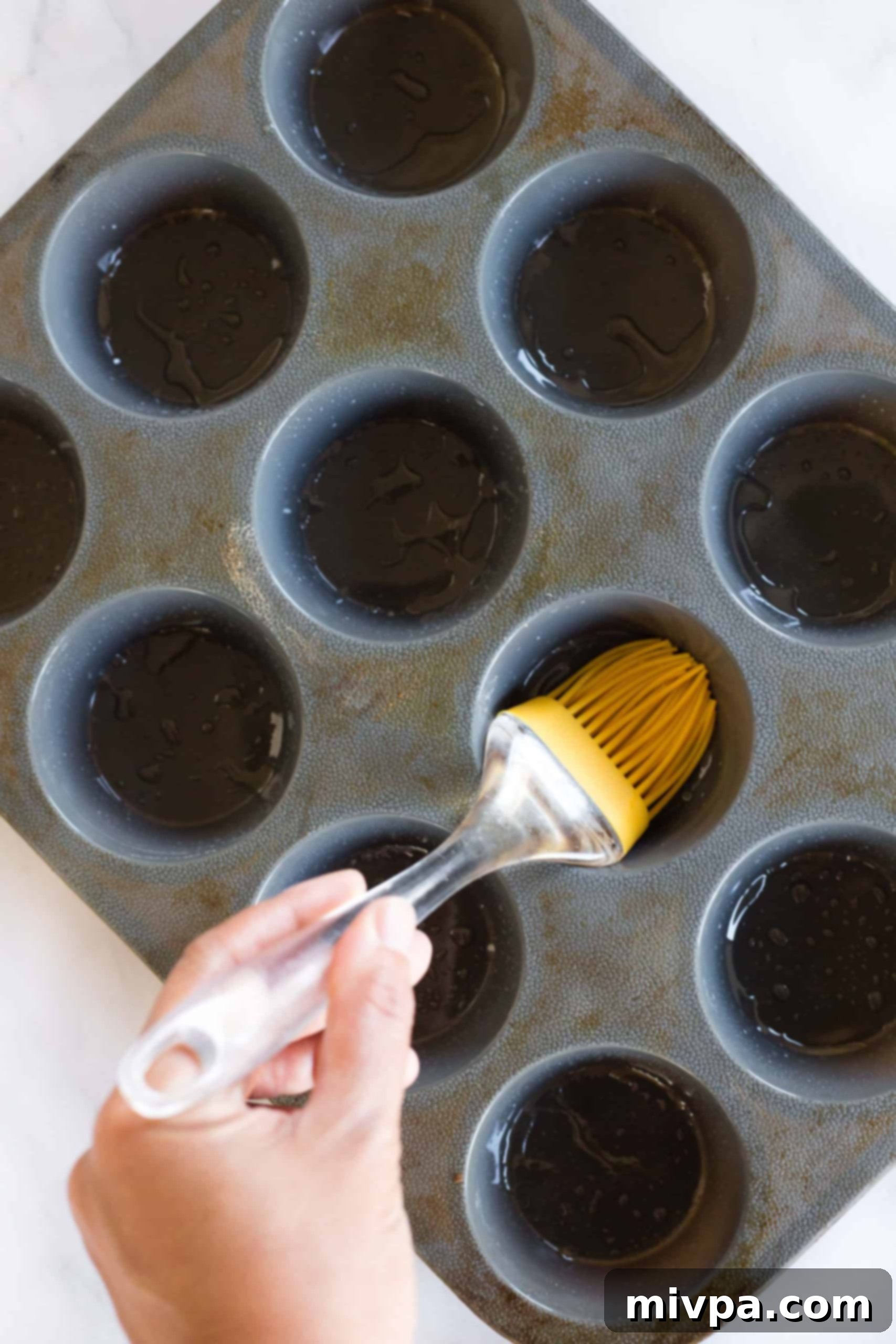
2. Combine Wet Ingredients: Oil and Sugar
In a large mixing bowl, combine the sunflower oil and granulated sugar. Using a whisk or an electric mixer, beat them together thoroughly until the mixture is well combined and slightly lighter in color. This step helps to dissolve the sugar and create a smooth base for your muffin batter.
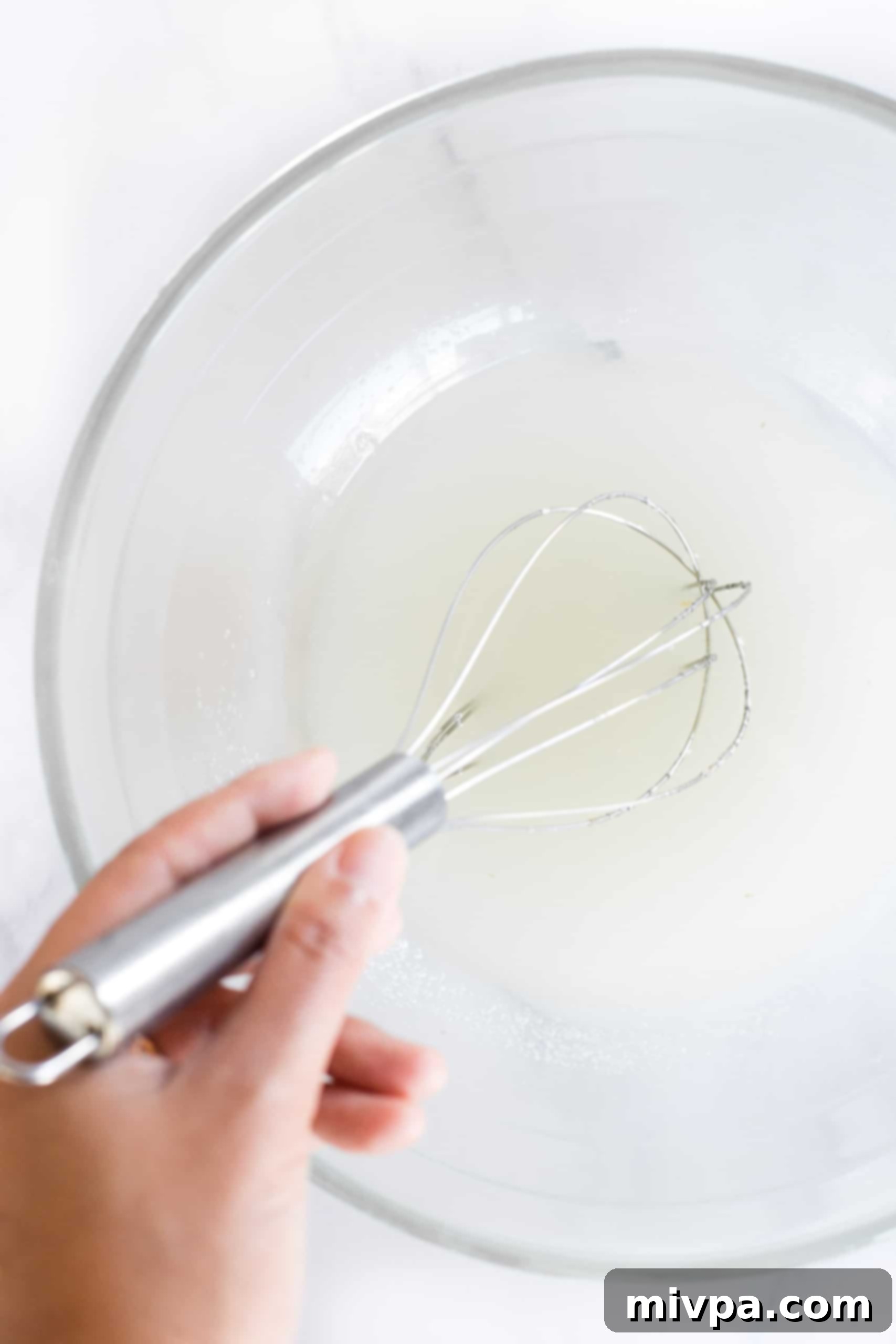
3. Incorporate Eggs and Water
To the oil-sugar mixture, add the previously beaten large eggs and the filtered water (at room temperature). Whisk vigorously until all the liquid ingredients are fully integrated and smooth. This ensures an even distribution of moisture throughout the batter.
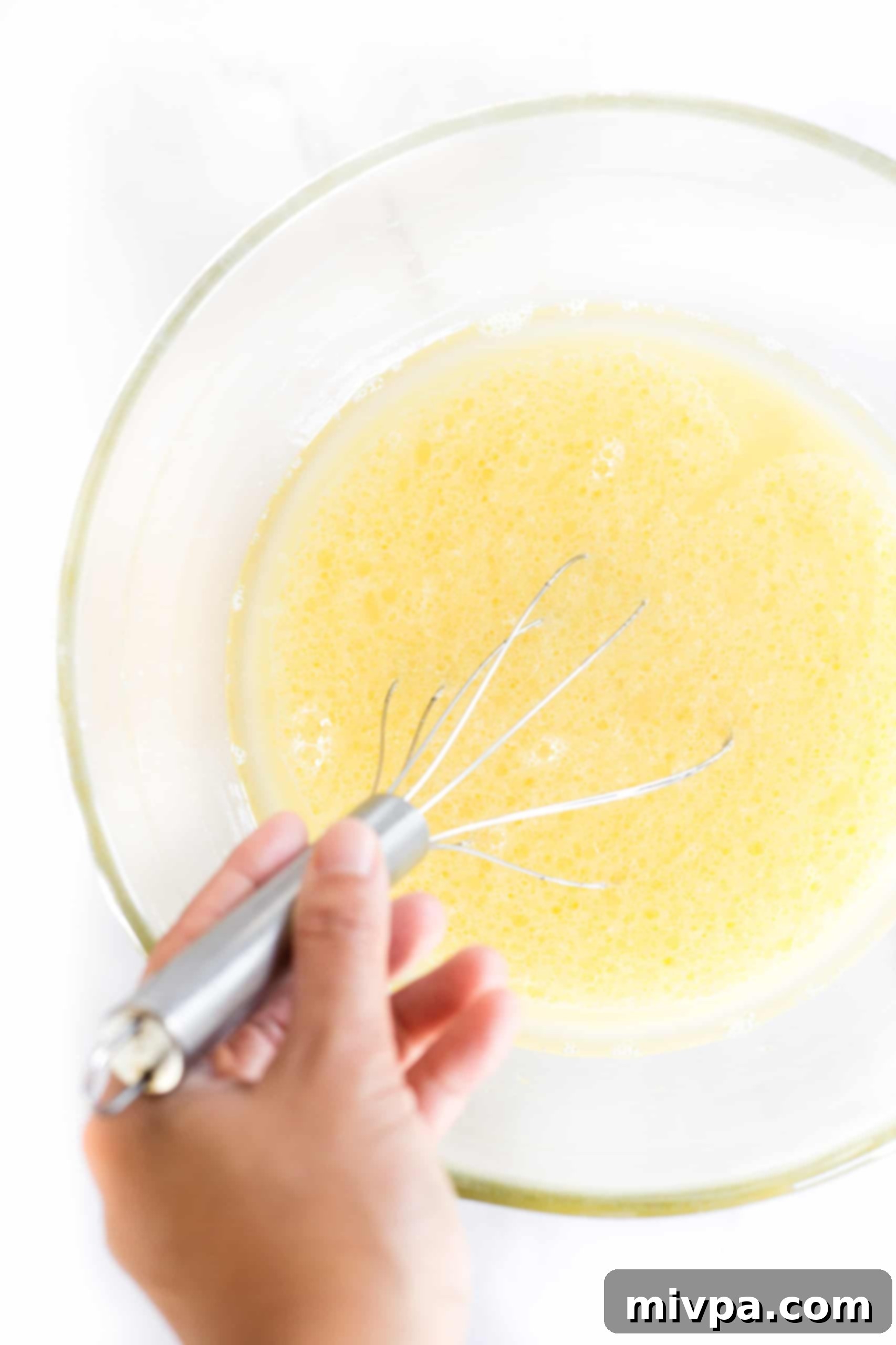
4. Prepare and Whisk Dry Ingredients
In a separate large bowl, meticulously sift together the buckwheat flour, gluten-free all-purpose flour blend, xanthan gum, baking powder, a pinch of salt, and the aromatic ground cinnamon. Sifting helps to remove any lumps and ensures that all the dry ingredients are evenly distributed. Whisk them together thoroughly until they are well combined, preparing them for the wet mixture.
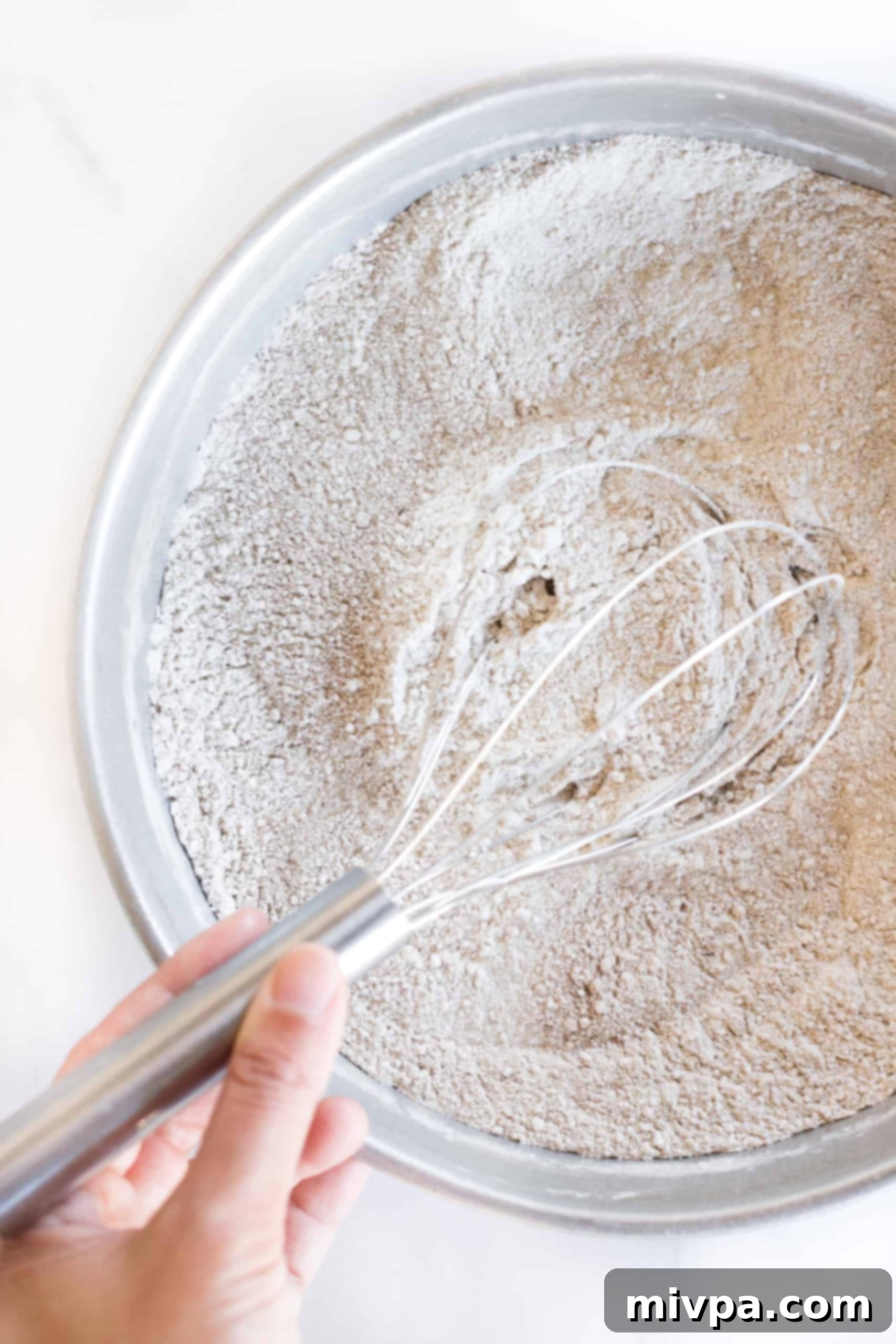
5. Gently Combine Wet and Dry Mixtures
Now, carefully add the dry flour mixture into the bowl containing the liquid ingredients. Mix gently with a spatula or spoon until just combined and you achieve a homogeneous batter. Be mindful not to overmix, as this can lead to tough muffins. The batter will be quite liquid, which is perfectly normal for these light and tender muffins.
6. Fill Muffin Cavities Evenly
Once your batter is ready, divide it evenly among the 12 cavities of your prepared muffin tin or silicon mold. An ice cream scoop works wonderfully for this, ensuring consistent muffin sizes and even baking.
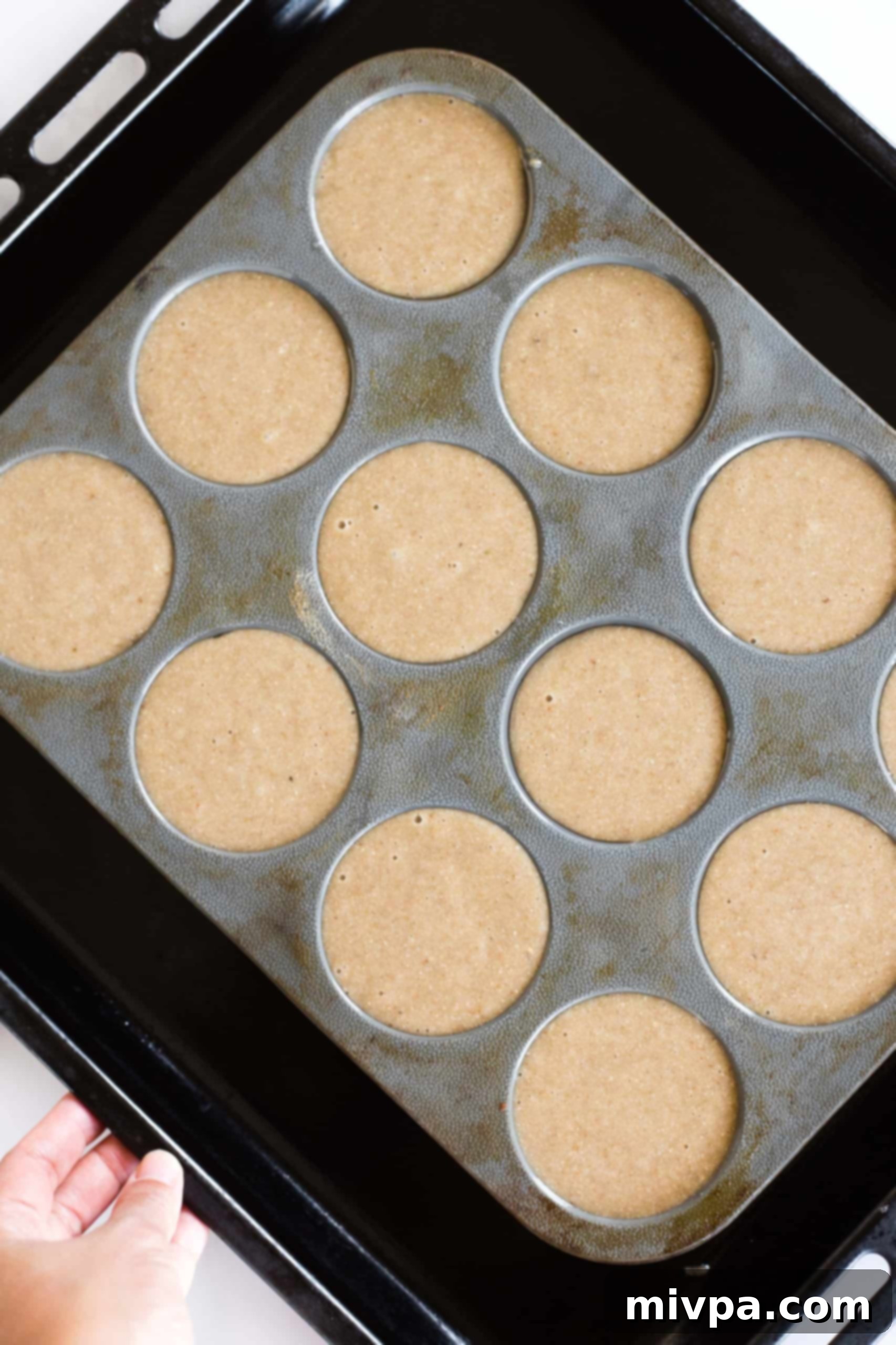
7. Bake Until Golden Brown and Perfect
Place the muffin tin in the preheated oven and bake for approximately 30 to 35 minutes. Keep an eye on them; the muffins are done when they have beautifully domed tops and are golden brown. A toothpick inserted into the center of a muffin should come out clean, indicating they are cooked through.
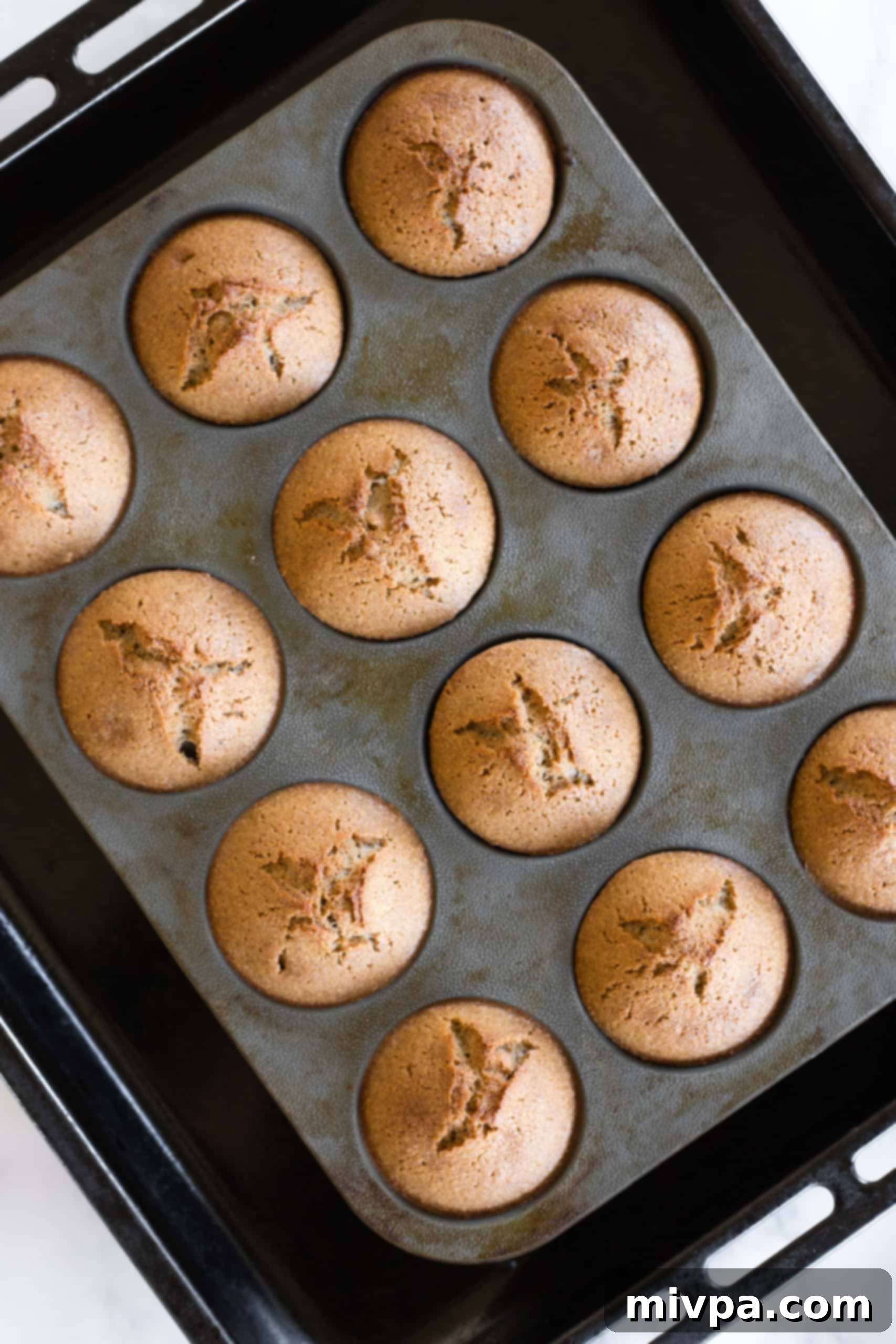
8. Cool Before Enjoying
Once baked, remove the muffins from the oven. Allow them to cool in the muffin pan for at least 5 minutes. This crucial cooling period helps the muffins firm up and prevents them from sticking or breaking. After 5 minutes, carefully transfer the buckwheat muffins to a wire rack to cool completely at room temperature. This step prevents sogginess and ensures a perfect texture before you bite into them and savor their deliciousness!
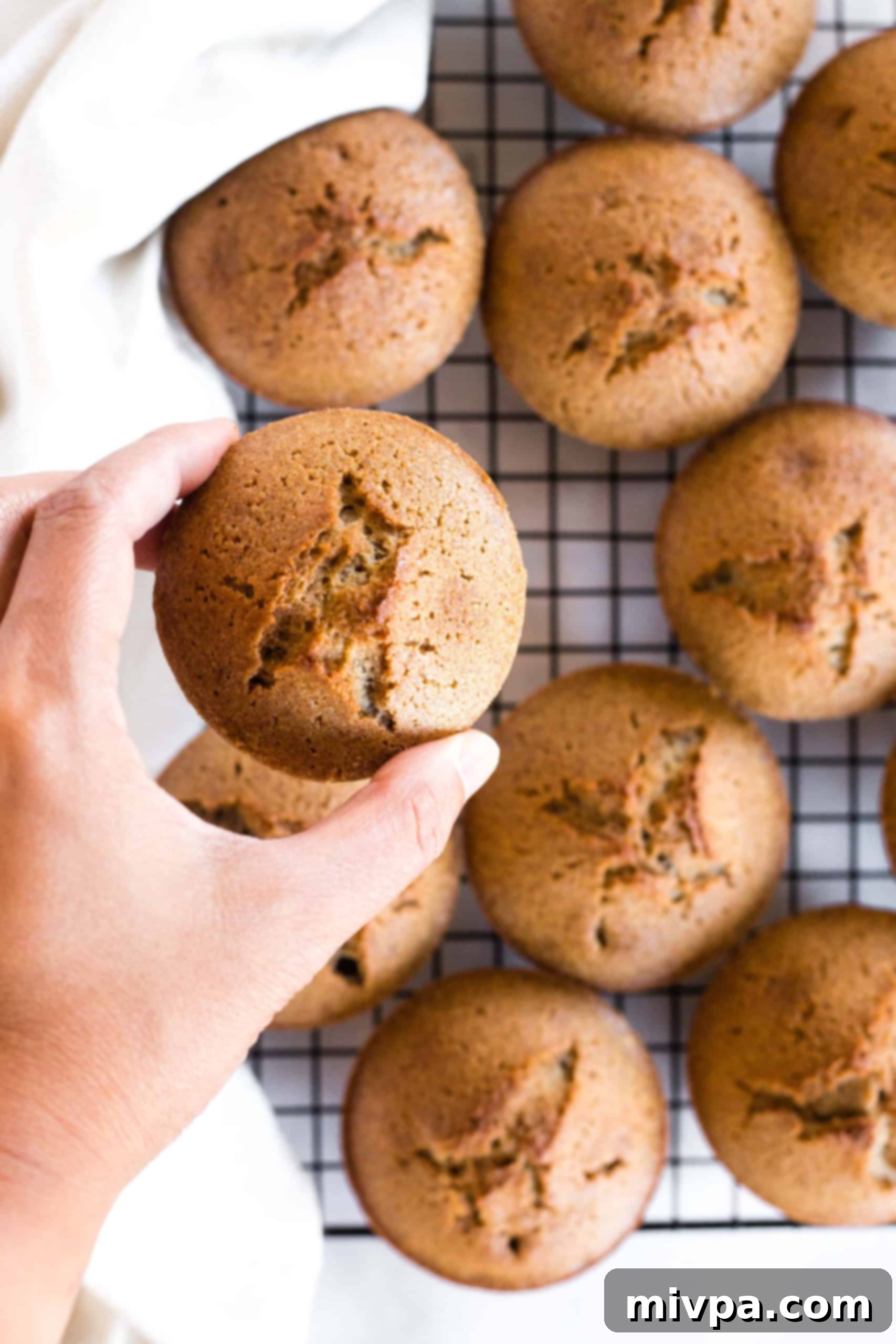
Dish by Dish Tips & Tricks for the Best Buckwheat Muffins:
- Storing Your Gluten-Free Buckwheat Muffins: To maintain their freshness and delicious taste, once completely cooled, place these gluten-free buckwheat muffins in an airtight container. They will keep beautifully in the refrigerator for up to 4 days, making them perfect for meal prep or quick snacks throughout the week. For longer storage, you can easily freeze them. Wrap each muffin individually in plastic wrap, then place them in a freezer-safe bag or container. They will stay fresh in the freezer for up to 2 months. When you’re ready to enjoy, simply let the muffins thaw completely overnight in the refrigerator, and then warm them up slightly in the oven or microwave for that freshly baked feel.
- Optional Flavorful Add-Ins: While these buckwheat muffins are fantastic on their own, feel free to get creative with additional ingredients to customize their flavor and texture! A handful of mini chocolate chips or cacao nibs will add a touch of sweetness and richness. For a more wholesome twist, consider adding chopped nuts like walnuts or pecans, or a sprinkle of pumpkin seeds or chia seeds for extra crunch and nutrients. Fresh or frozen juicy blueberries are a classic muffin addition, creating delicious buckwheat blueberry muffins. You could also try finely grated orange or lemon zest for a bright, citrusy note, or even a teaspoon of ginger powder for a spiced version.
Recipe FAQs: Your Questions Answered
Yes, absolutely! Buckwheat is naturally gluten-free and is entirely safe for consumption by individuals with Celiac disease or those with gluten intolerances or allergies. It is a pseudocereal, not a true grain, and does not contain the protein gluten.
This particular recipe relies on eggs for binding and structure, so directly substituting them is not recommended without significant recipe modifications. For a vegan version, you would likely need to use flax eggs or another egg replacer, and you might need to adjust liquid content and leavening agents to achieve a similar texture. Keep an eye out for a dedicated vegan buckwheat muffin recipe in the future!
Several factors can lead to dense gluten-free muffins. Overmixing the batter is a common culprit; mix only until the dry and wet ingredients are just combined. Also, ensure your baking powder is fresh, as old leavening agents lose their potency. Lastly, using a gluten-free flour blend that is too heavy (e.g., with too much bean flour) or omitting xanthan gum can also result in a denser texture. This recipe uses a mix of buckwheat and a lighter all-purpose GF flour blend, plus xanthan gum, to prevent density.
Hulled buckwheat groats have their outer husks removed, resulting in a lighter color and a milder flavor when ground into flour. Unhulled groats still have their husks, which are darker, tougher, and impart a stronger, earthier flavor to the flour. For a lighter-colored, less intense muffin, hulled groats are generally preferred, as used in this recipe for flour preparation.
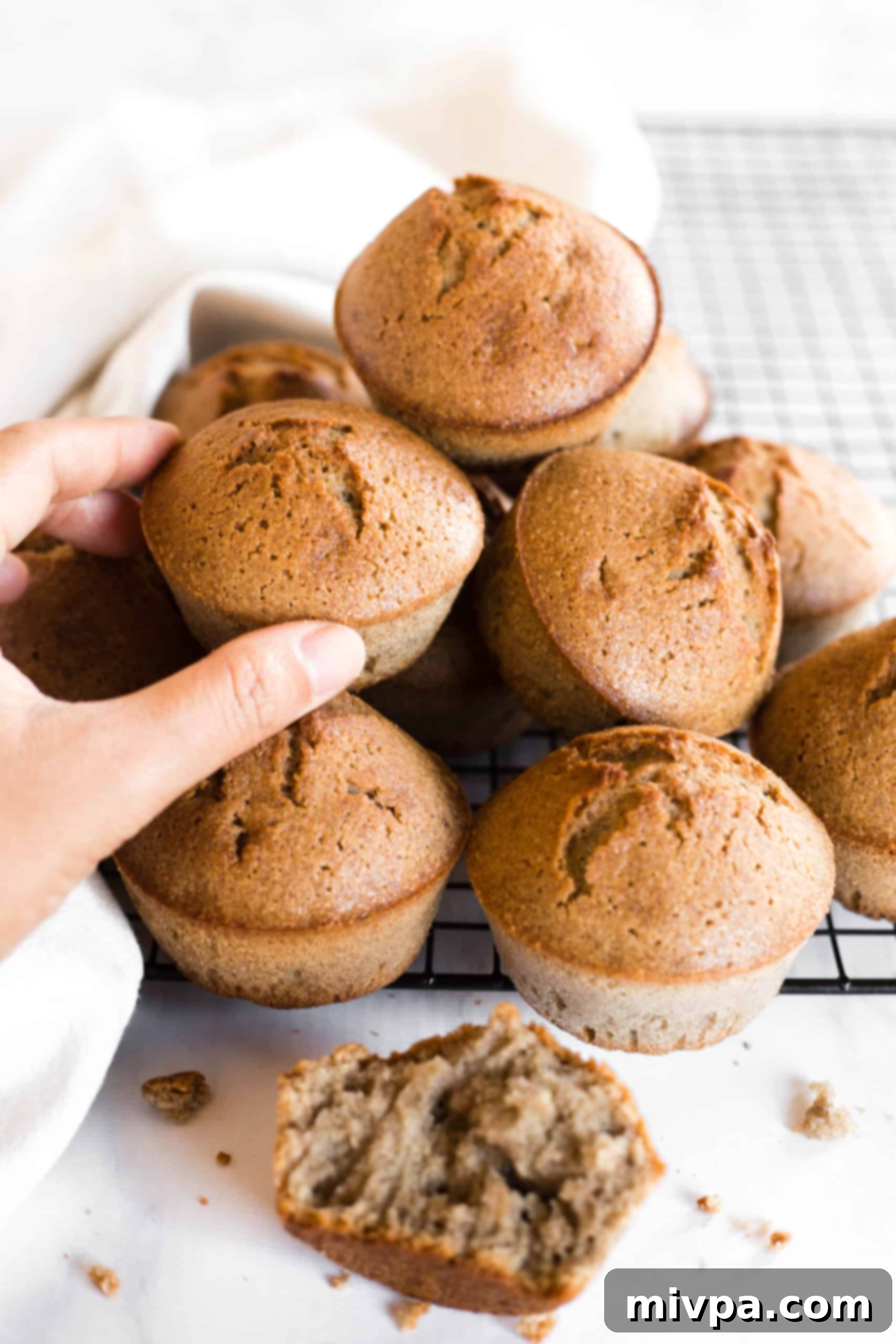
More Wholesome Buckwheat Flour Recipes to Enjoy:
If you loved these muffins, you’ll definitely want to explore other delicious ways to use buckwheat flour in your kitchen!
- Soft, Fluffy Buckwheat Bread (Gluten-Free, Dairy-Free)
- Easy Buckwheat Cookies (Gluten-Free, Dairy-Free)
- Buckwheat Banana Bread (Gluten-Free, Dairy-Free)
- Easy Buckwheat Crepes (Gluten-Free, Dairy-Free)
Other Delicious Gluten-Free Muffin Recipes to Bake:
For more gluten-free baking inspiration, check out these other fantastic muffin recipes that are equally simple and satisfying!
- Gluten-Free Pumpkin Banana Muffins (Dairy-Free)
- 25 Easy Gluten-Free Muffin Recipes for Anytime
- Gluten-Free Pumpkin Chocolate Chip Muffins (Dairy-Free)
- Moist Banana Blueberry Oatmeal Muffins (Gluten-Free, Dairy-Free)
P.S. If you try this recipe, I’d love for you to leave a star rating below, and/or a review in the comment section further down the page. I always appreciate your feedback and hearing about your baking adventures. Be sure to check out my entire Recipe Index for all the recipes on the blog. You can also follow me on Pinterest, Facebook or Instagram! Sign up for my Email List to get fresh recipes in your inbox each week!
Print
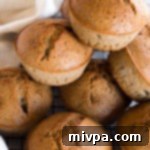
Easy Buckwheat Muffins (Gluten-Free, Dairy-Free)
5 Stars 4 Stars 3 Stars 2 Stars 1 Star
4.7 from 3 reviews
Author: Felicia Lim
Total Time: 45 minutes
Yield: 12 muffins
Diet: Gluten Free
Description
Tender and moist, these easy gluten-free and dairy-free buckwheat muffins come together in under an hour. They make a fantastic breakfast or a wholesome anytime snack that the whole family will love. Enjoy their subtly nutty flavor and light texture!
Ingredients
Units
Scale
- 1 cup sunflower oil
- 1 cup sugar
- 4 large eggs, beaten
- 1 cup filtered water, room temperature
- 2 cups buckwheat flour
- 1/2 cup gluten-free all-purpose flour blend
- 1/2 teaspoon xanthan gum
- 2 1/2 teaspoons baking powder
- Pinch of salt
- 2 teaspoons ground cinnamon
Instructions
- Preheat and Grease: Preheat oven to 350F (175°C) and generously grease a 12-cup regular muffin tin or silicon muffin mold. Alternatively, line with paper liners.
- Beat Oil and Sugar: In a large mixing bowl, beat the sunflower oil and sugar together thoroughly until well combined and slightly lighter.
- Add Eggs and Water: Incorporate the beaten eggs and filtered water into the oil-sugar mixture. Whisk well until all liquids are fully combined and smooth.
- Whisk Dry Ingredients: In a separate large bowl, sift together the buckwheat flour, gluten-free all-purpose flour, xanthan gum, baking powder, salt, and ground cinnamon. Whisk well to ensure even distribution.
- Combine Wet and Dry Ingredients: Add the dry flour mixture to the wet ingredients. Mix gently with a spatula until just combined and a homogeneous, slightly liquid batter forms. Do not overmix.
- Divide Batter Between Cavities: Spoon the buckwheat muffin batter evenly into the 12 prepared muffin cavities.
- Bake Until Golden Brown: Bake for 30 to 35 minutes, or until the muffins are domed, golden brown on top, and a toothpick inserted into the center comes out clean.
- Cool Before Removing: Allow the muffins to cool in the pan for at least 5 minutes before carefully removing them. Transfer to a wire rack to cool completely at room temperature before serving to prevent sogginess and achieve the best texture.
Notes
Sunflower Oil: You can substitute sunflower oil with other neutral vegetable oils (corn, light olive, avocado, peanut) or melted vegan butter or coconut oil. For non-dairy-free, melted butter or ghee also work.
Sugar: White sugar can be swapped for light brown sugar, dark brown sugar, or coconut sugar. For a sugar-free option, granulated monkfruit sweetener is recommended for diabetics/insulin-resistant individuals.
Eggs: Eggs are crucial for binding and texture in this recipe; substitutions are not recommended.
Water: Filtered water can be replaced with unsweetened plant-based milk like almond milk or cashew milk for richer flavor.
Buckwheat Flour: Use homemade buckwheat flour or store-bought. A blend with GF all-purpose flour is used to avoid dense muffins.
Gluten-Free All-Purpose Flour: Opt for a good-quality gluten-free all-purpose flour blend composed of lighter flours (rice, tapioca, corn, potato starch). Avoid blends with heavier flours like garbanzo bean flour for a lighter texture.
Xanthan Gum: Xanthan gum is essential as a gluten replacement for structure and preventing crumbliness. Do not skip it.
Baking Powder: Ensure fresh, certified gluten-free baking powder is used for proper rise and to avoid gluten contamination for Celiacs.
Ground Cinnamon: Adding ground cinnamon enhances flavor and aroma, complementing the buckwheat. It’s highly recommended.
Storing: Store cooled muffins in an airtight container in the refrigerator for up to 4 days. Freeze wrapped muffins for up to 2 months. Thaw overnight in the refrigerator before reheating.
- Prep Time: 10 mins
- Cook Time: 35 mins
- Category: Snacks
- Method: Baking
- Cuisine: Western
